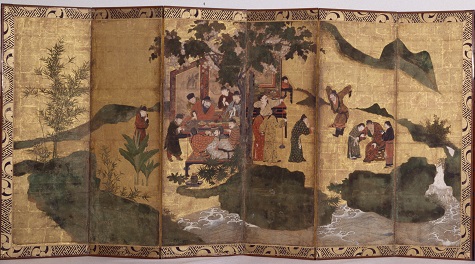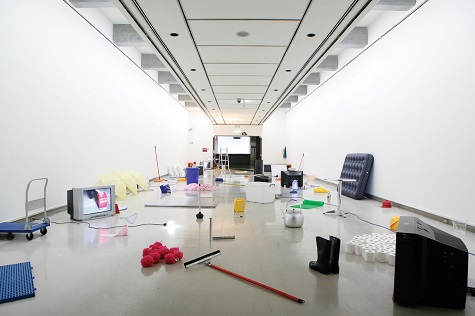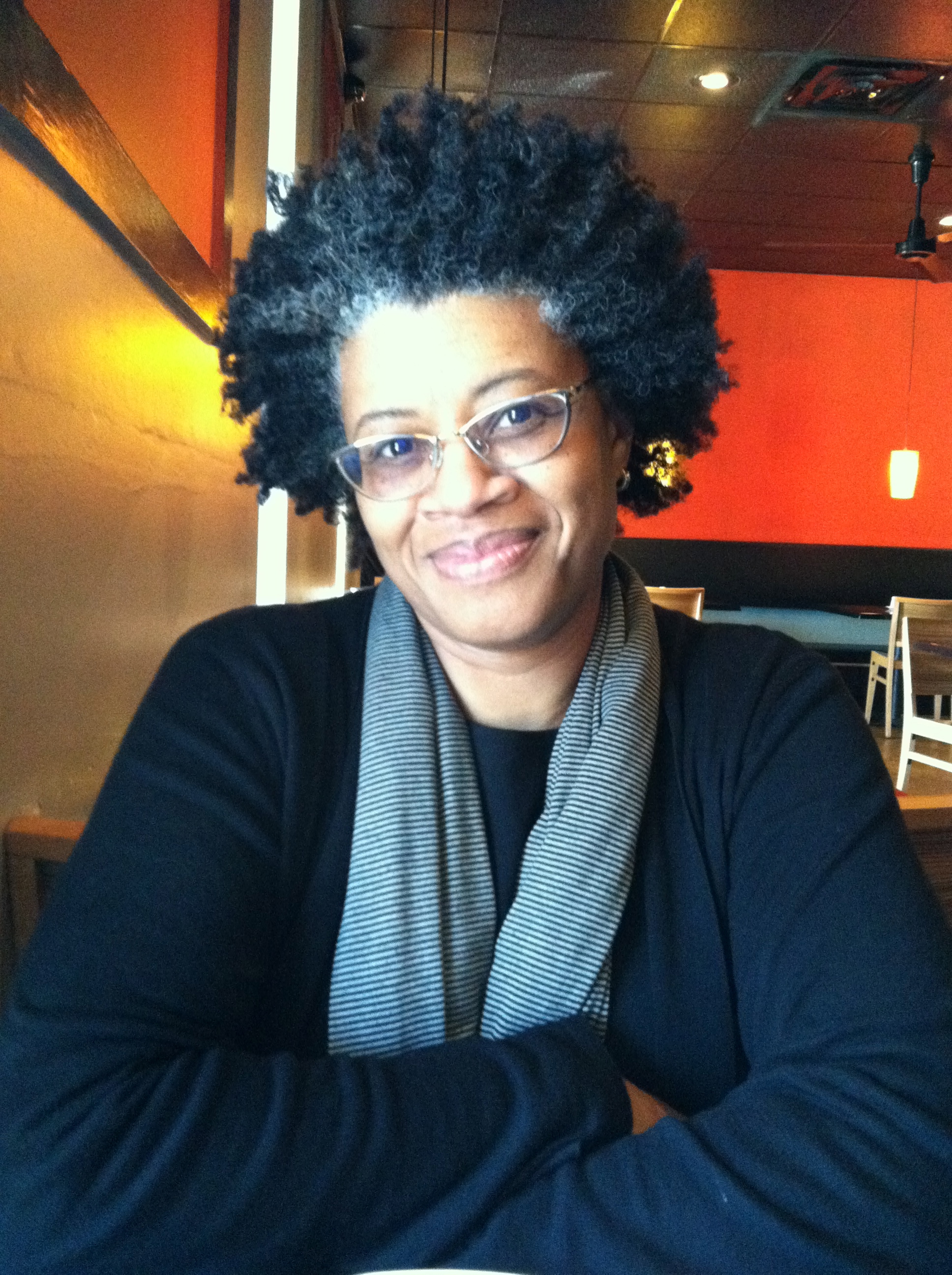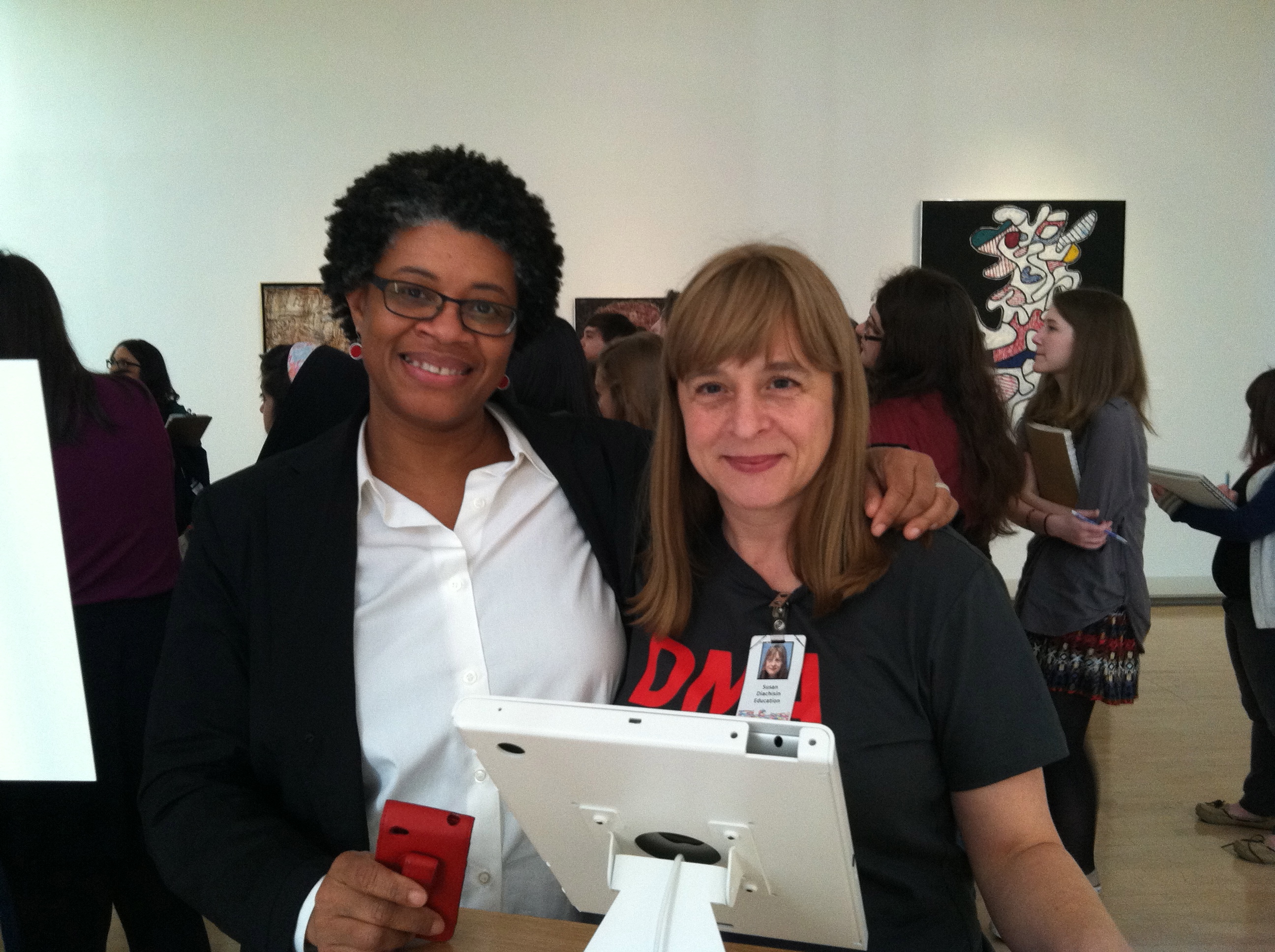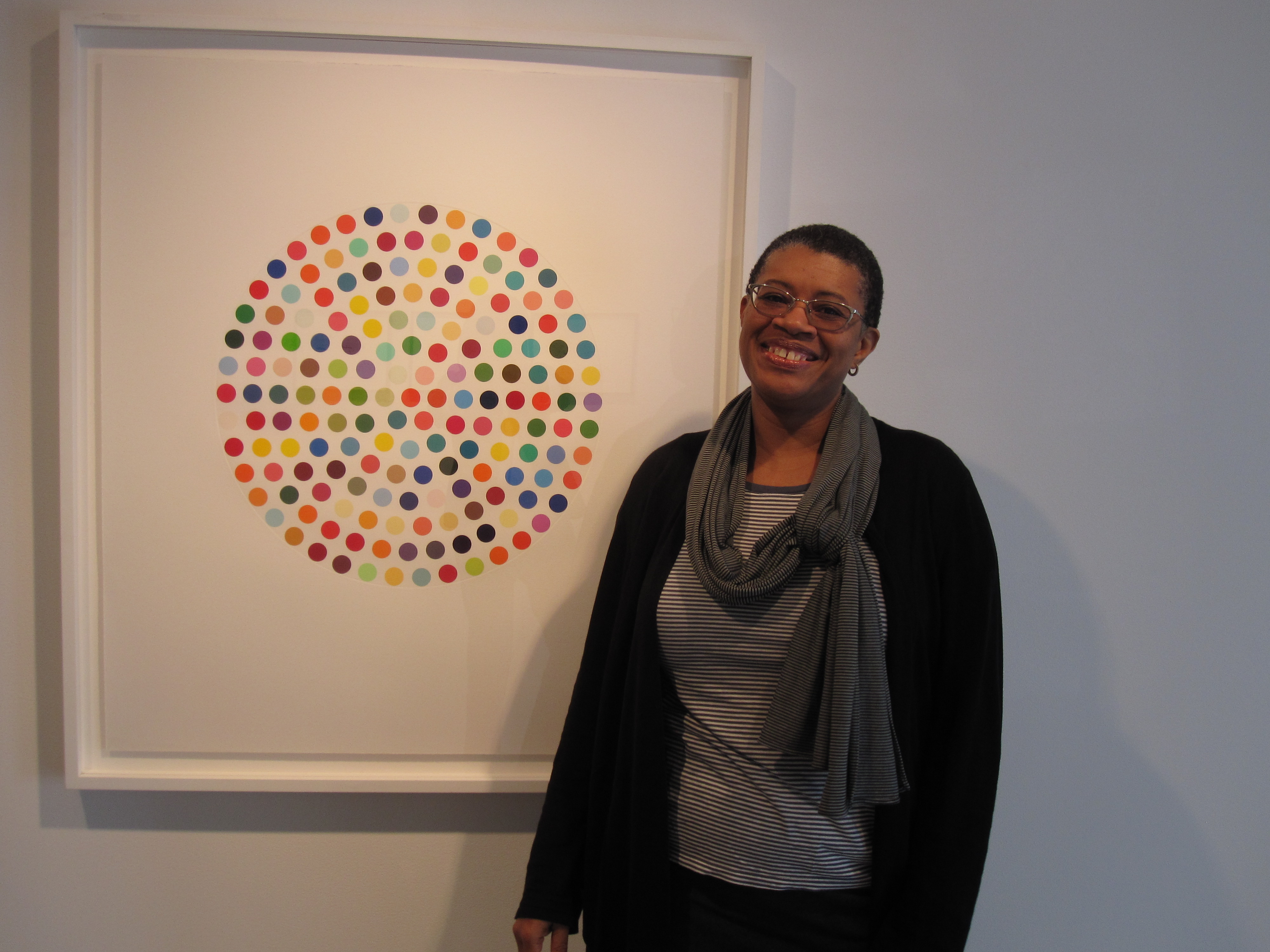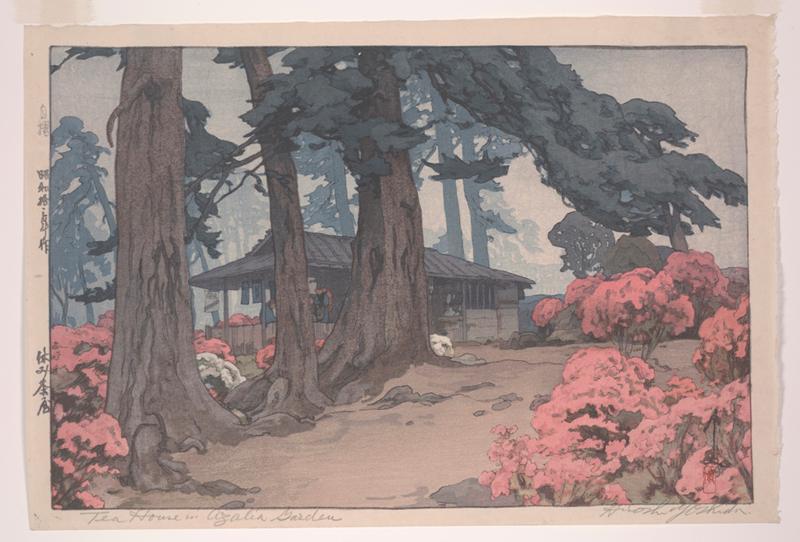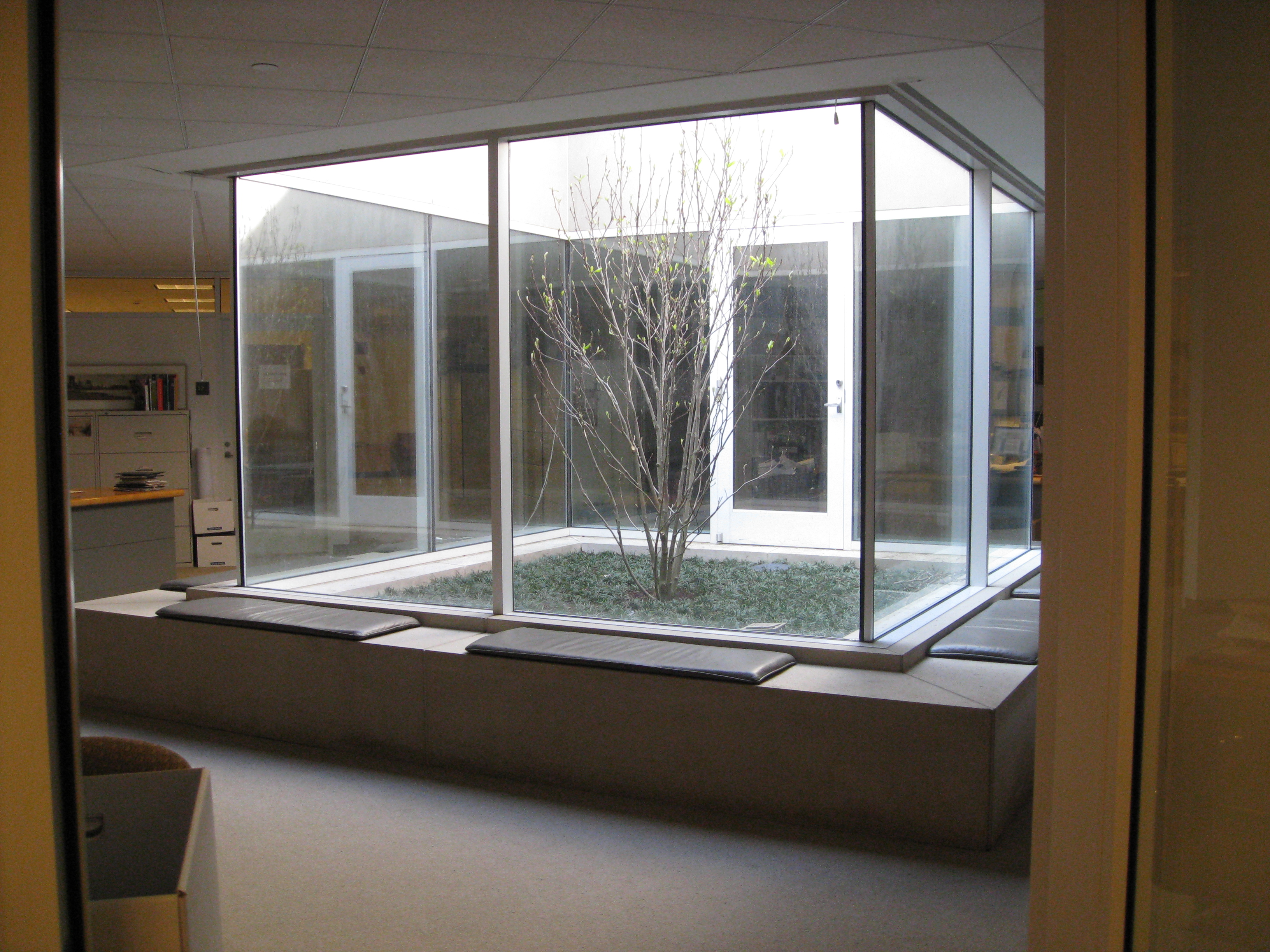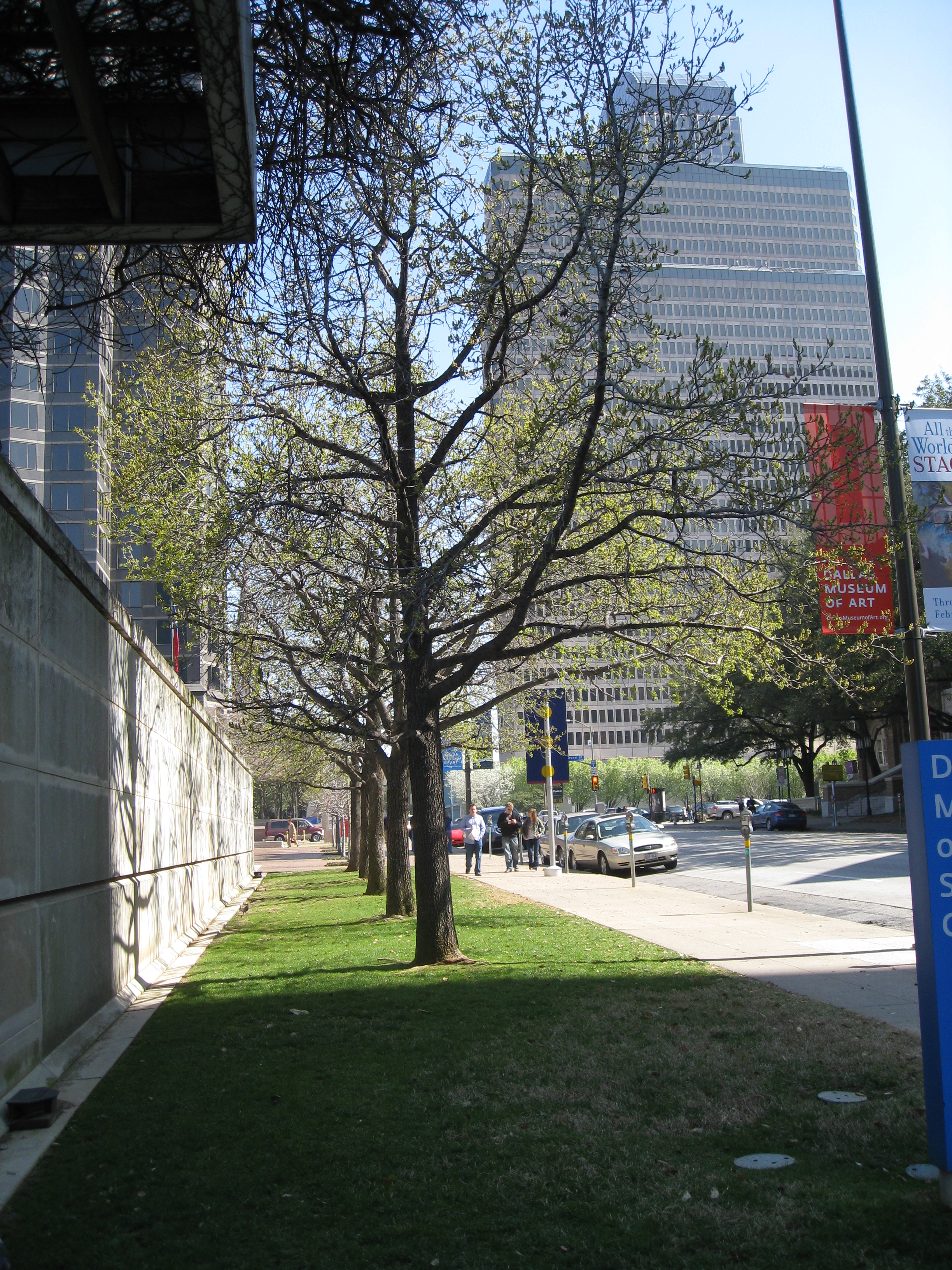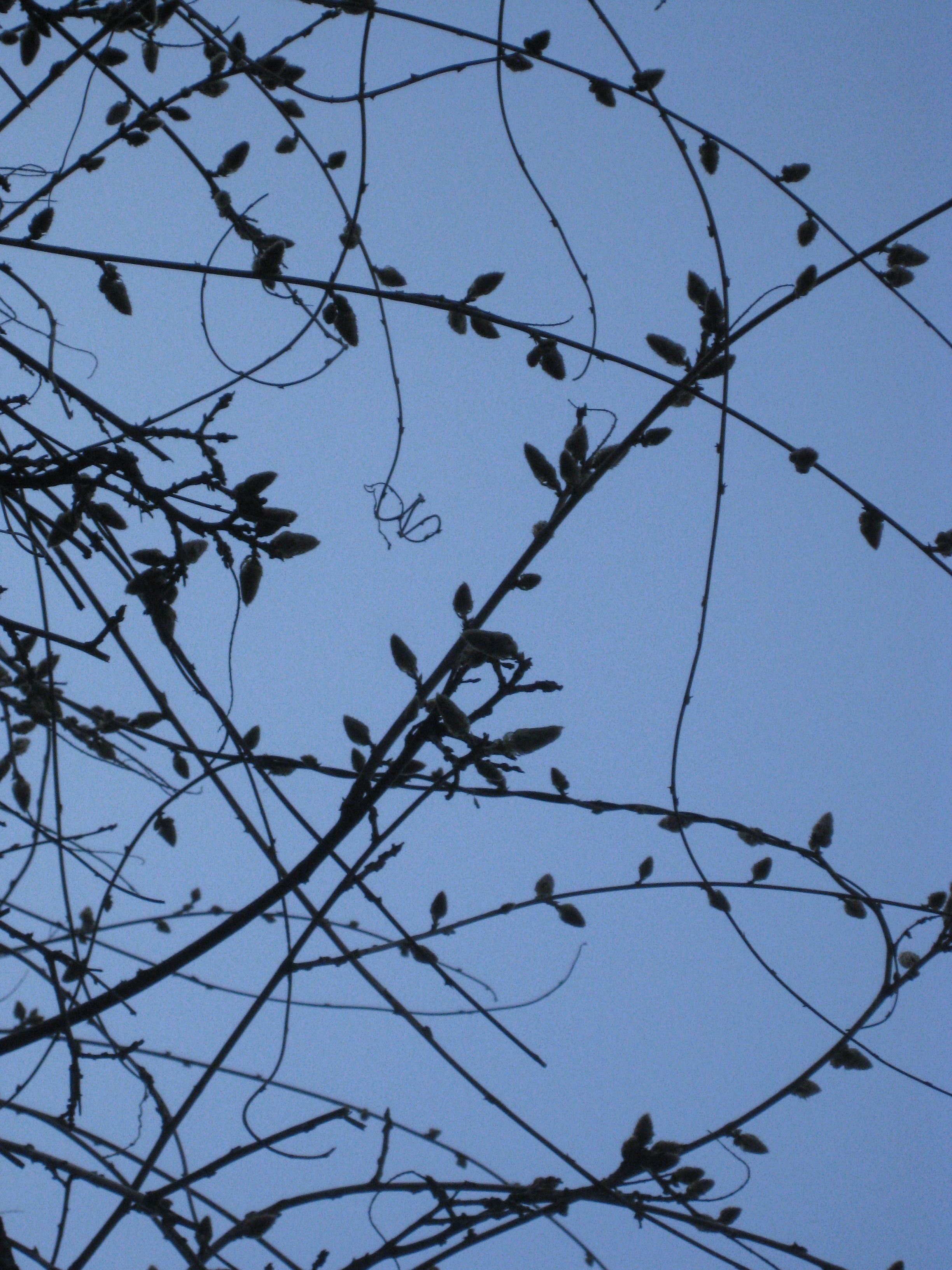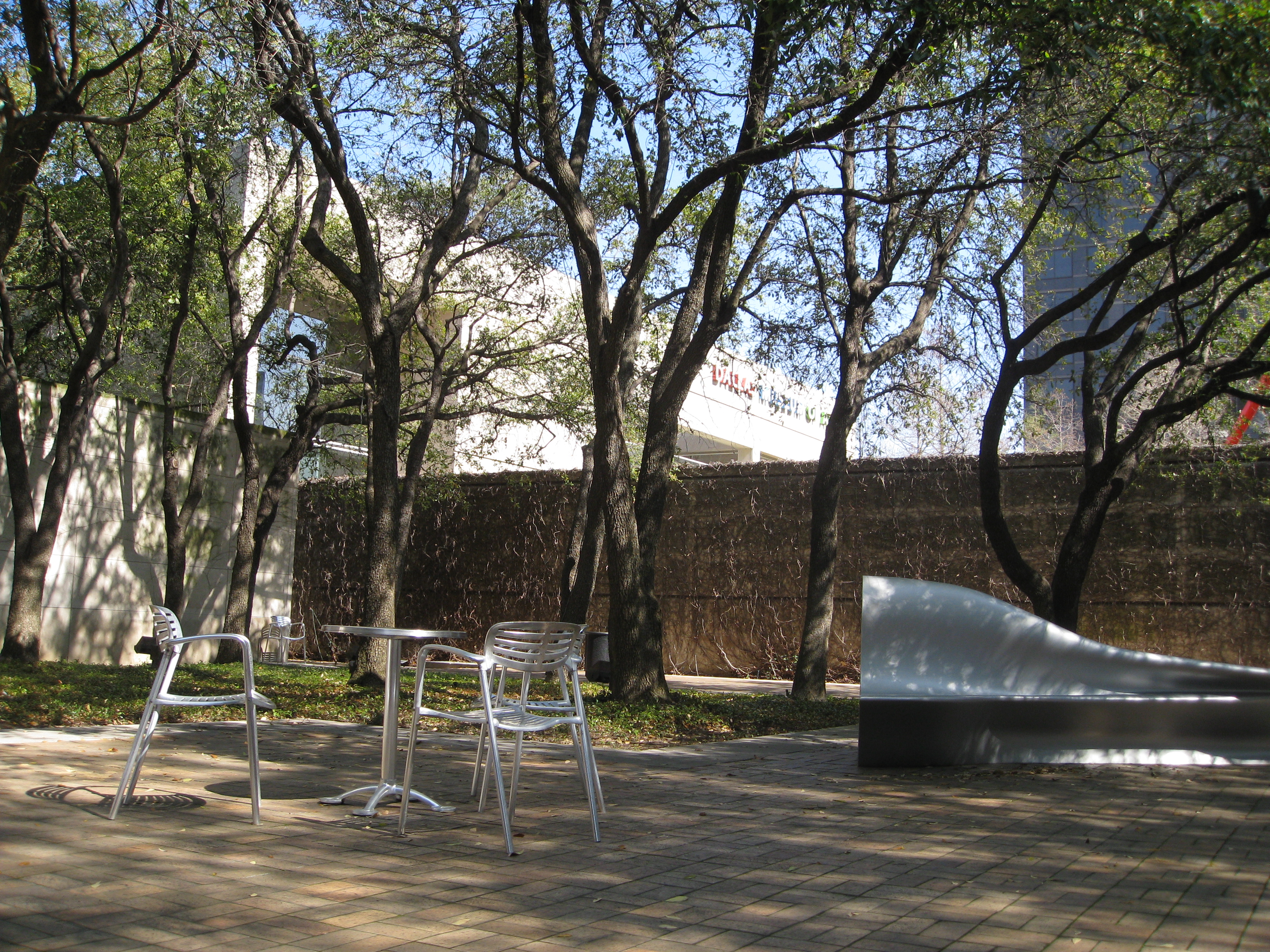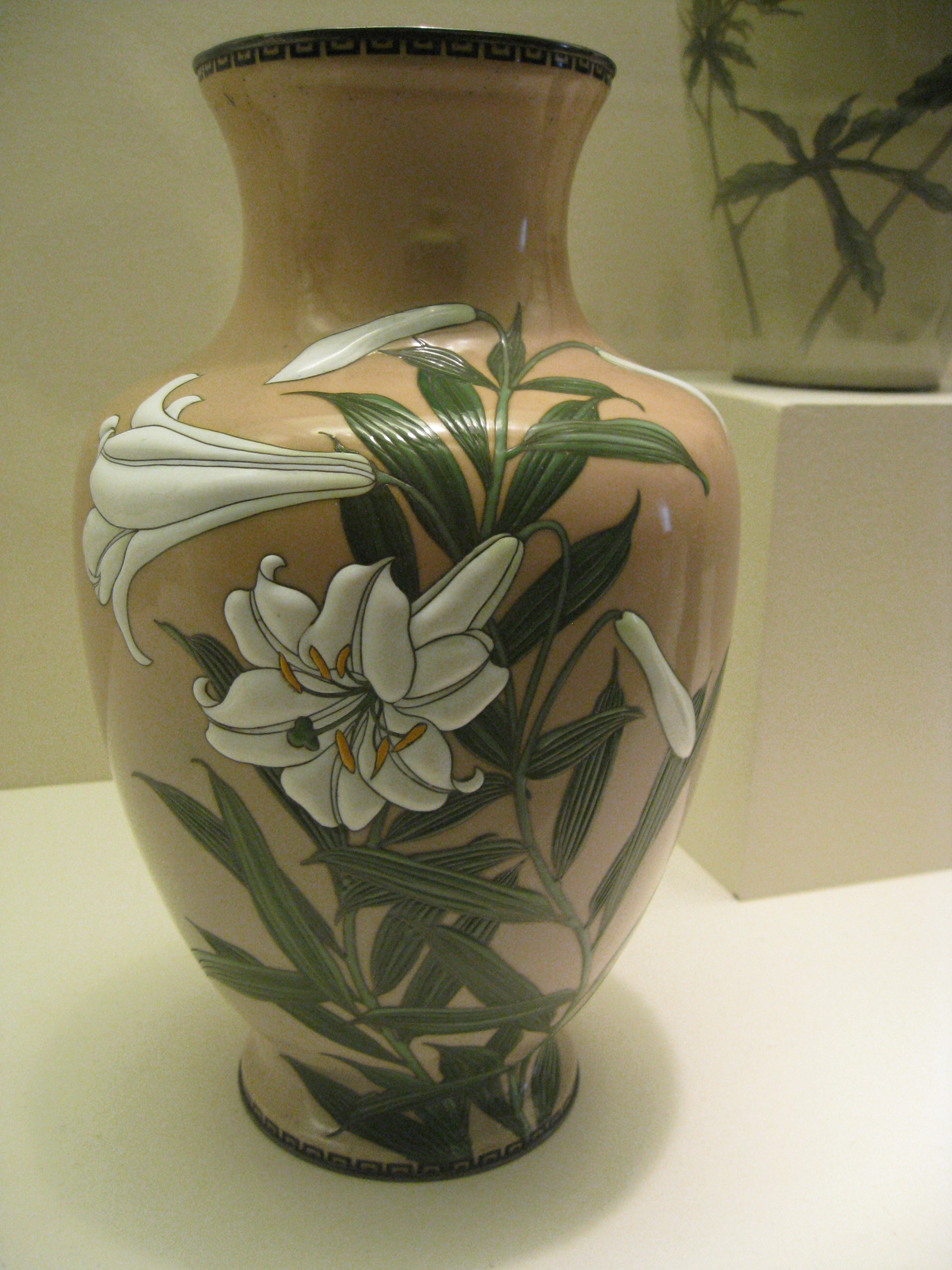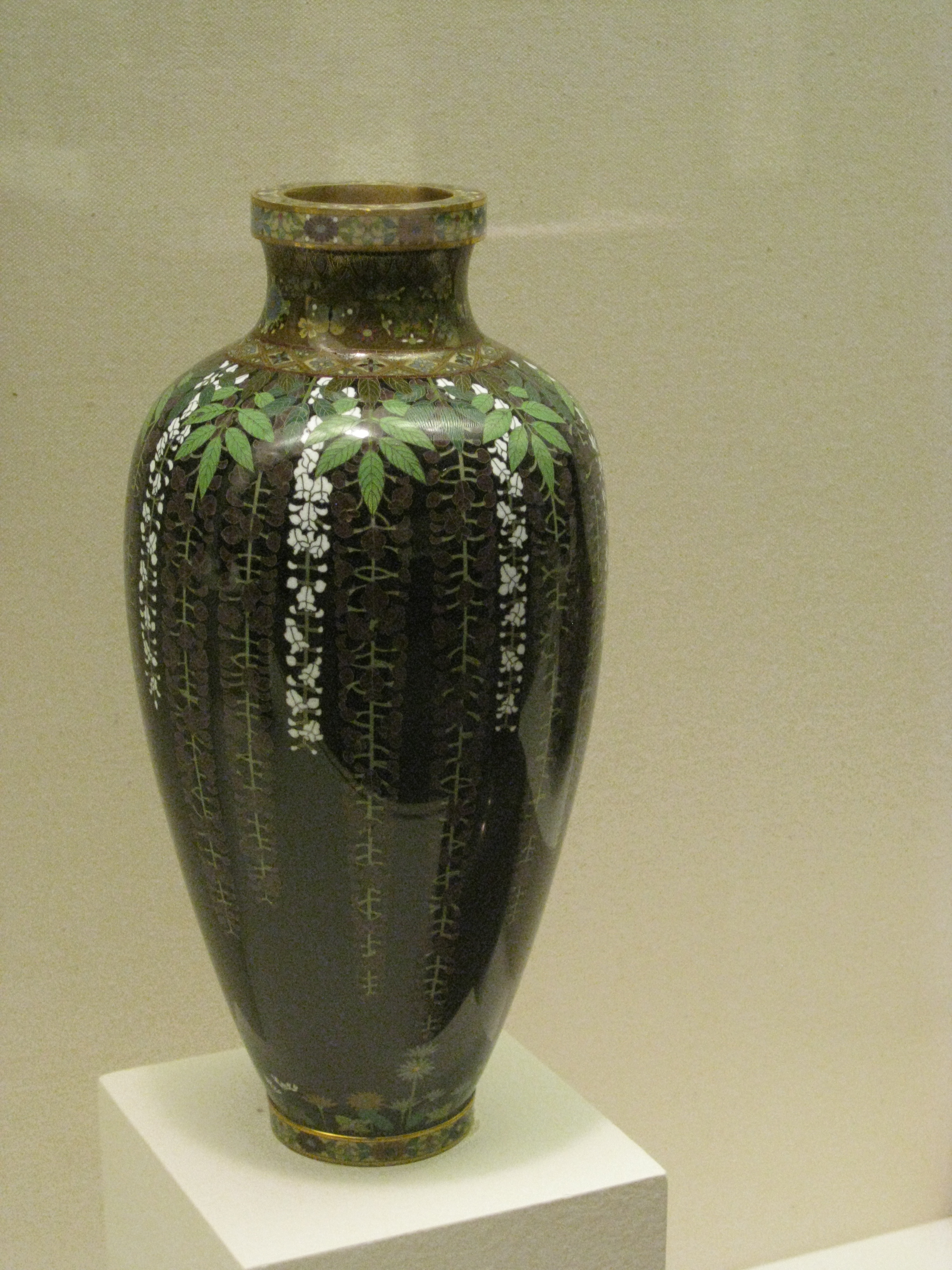Since today is National Wine Day, we’ve created some lovely pairings with a few wine-themed objects in our collection. So, whether you are a fan of red or white, we have something for every palate.
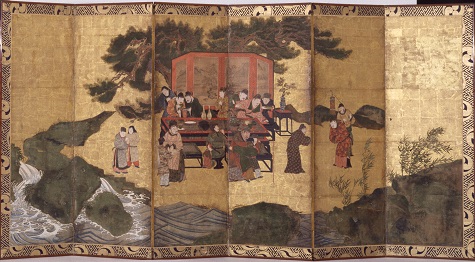
The Eight Immortals of the Wine Cup, Momoyama period, c. 1600, Japan, ink and pigment on gold; pair of six-fold screens, Dallas Museum of Art, The Eugene and Margaret McDermott Art Fund, Inc. 1989.78.a-b.McD
From Japan we have The Eight Immortals of the Wine Cup, created around 1600. Although this is a Japanese work, the screen depicts an 8th-century Chinese poem about a group of high-class revelers that included politicians, priests, calligraphers, and musicians. In both China and Japan during this period, wine would have been made from rice. Today, we know this wine as sake. So, grab a glass and read this excerpt from the poem, and maybe you, too, can feel like an immortal.
“Su Jin has made a vow to the Buddha embroidered on his vest
but for his drunkenness he takes care to forget all his rules.
Li Tai-bo drinks a gallon of wine, writes a hundred poems
then sleeps it off in the back of a wine shop in Chang-an
when the emperor asked him to board the royal barge
he shouted back, I am a drunken immortal.”
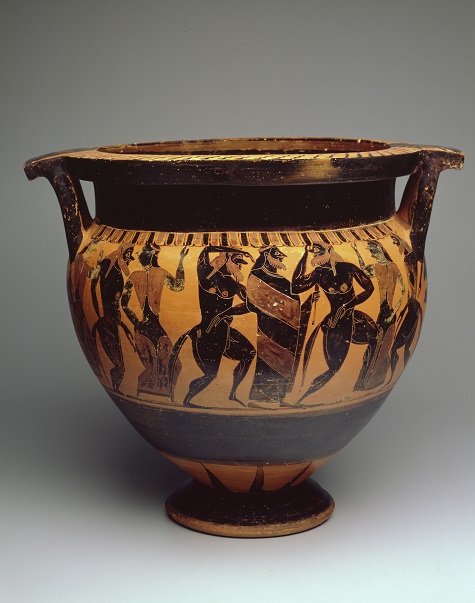
Black-figure krater, Greece, Attic, first half of 6th century B.C.E, ceramic, Dallas Museum of Art, gift of The Jonsson Foundation and Mr. and Mrs. Frederick M. Mayer, 1972.22
You can’t talk about wine without talking about the Greeks. Even though they drank various alcoholic beverages like beer and honey mead, their main drink for a good time was wine. Here we have a black-figure krater made in the first half of the 6th century B.C.E. This piece of pottery would have been used to mix wine with water to dilute it for parties. The figures on the krater are Dionysus, the god of wine, and his followers, the maenads. The maenads were said to have been possessed by Dionysus and his drink, and they were therefore able to perform miracles, like having honey come from the ivy-covered staffs they carried. Dionysus and his maenads would want you to open a bottle of Agiorgitiko, which is a bit like a cabernet sauvignon, but please drink more responsibly than these krater characters.
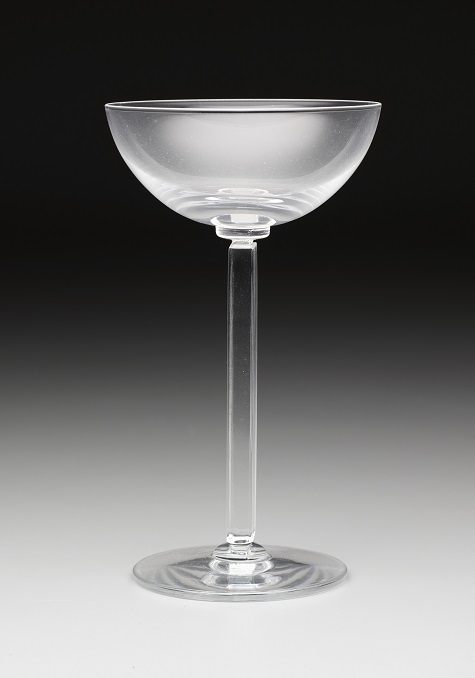
Embassy shape wine glass, Edwin W. Fuerst and Walter Dorwin Teague, designers; Libbey Glass Company, manufacturer; Toledo, Ohio, designed 1939, glass, Dallas Museum of Art, gift of The Dallas Antiques and Fine Arts Society, 1989.18.2
A wine pairing wouldn’t be complete without a glass to go with it. This is Embassy shape wine glass from 1939 was designed by Edwin W. Fuerst and Walter Dorwin Teague for the Libbey Glass Company. The company was not originally known for its blown glassware. Their beginnings were in lightbulbs and car windshield glass; however, throughout the 20th century they became known for their elegant glassware. In the 1970s, they created the first glass ever to be created through a patented “one piece and blow” technique. Today, this shape of glass with a wide mouth is used mainly to drink chardonnay. Even if you don’t have a glass quite like this one, open a bottle of chardonnay while you appreciate the beautiful Art Deco style of the Embassy shape wine glass .
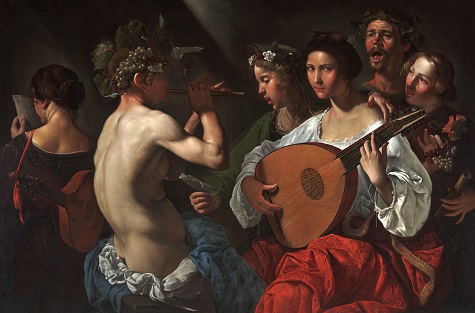
Pietro Paolini, Bacchic Concert, c. 1625–30, oil on canvas, Dallas Museum of Art, The Karl and Esther Hoblitzelle Collection, gift of the Hoblitzelle Foundation 1987.17
The Italian Renaissance was known for its art, music, and architectural genius. It was also a time of considerable wine consumption. In this painting by Pietro Paolini, we see a fairly mysterious scene with party goers, musicians, and someone dressed as the god Bacchus, the Roman god of wine. This scene is thought to have been from a marriage ceremony, where it was not unusual for the performers to dress as Bacchus and his followers. The image is unusual because the woman on the left has her back toward us and the woman with the lute stares directly at us. But, for today, we will just say that these performers are playing us a little tune to go along with a glass of chianti.
Katie Cooke is the McDermott Intern for Adult Programming and Arts & Letters Live at the DMA.
